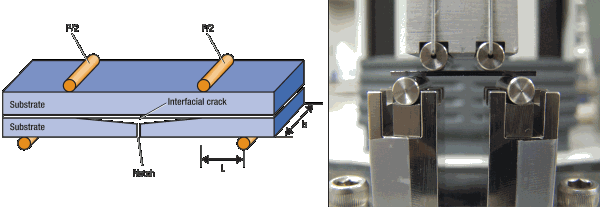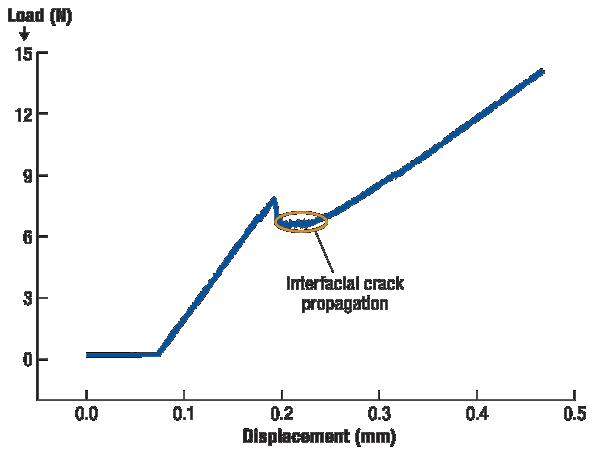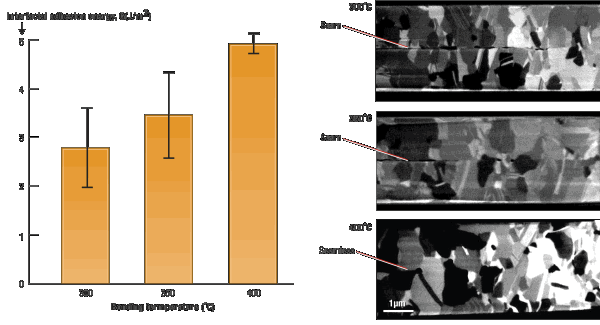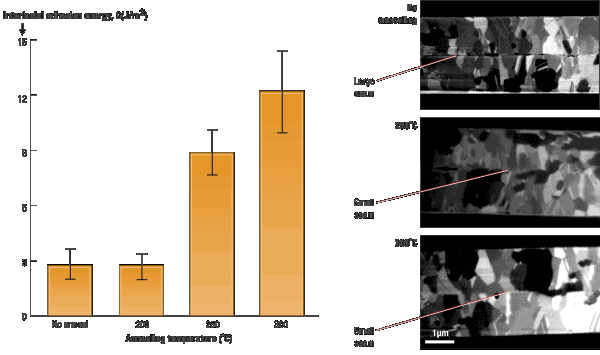(August 9, 2010) — The High Density Packaging User Group International Inc. (HDP User Group), a global non-profit cooperative research and development organization for the electronics manufacturing industries, will start a new project group focusing on optical electronics. At this time the projects is in definition stage, and open to all member and non-member companies interested in the focus area.
Optoelectronics, which uses light pulses rather than electrical pulses to transmit signals, offers many potential benefits to next generation electronic products, such as higher speed, less interference, and lower power consumption. HDP User Group is excited about the new project and expects several important topics to be created from it. Read more about optoelectronics at www.optoIQ.com.
The HDP User Group’s Optical Interconnect project aims to alleviate intra-cabinet interconnect bottlenecks envisaged in Terabit-scale (Tbps) systems, as data rates are reaching 15-25 Gigabit-per-second (Gbps) per lane, by connecting electronic devices with optical paths. The project is developing optical interconnect architectures that can respond to capacity and energy efficiency needs of future high-speed systems, e.g. high performance computers, servers, routers and switches.
Although the primary focus is on data and telecommunication segments, the aim is to provide a generic technology platform for a wide range of applications, e.g. avionics. The project addresses the key challenges prohibiting implementation of optical technology for inter- and intra-card links including robust optical connections, optical design and simulation practices, compliance of optical materials and components with the manufacturing and assembly processes, and lack of system-level performance and reliability data. In the first stage, fully optical chip-to-chip data links will be demonstrated with optical backplanes containing integrated polymer waveguides. Key building blocks needed to realize the optical backplane, including novel system and link architectures, optoelectronic packaging, optical channels, optical interfaces and CMOS I/O circuitry – will be studied with experiments. "To exploit the full promise of the optical technology, we need to re-evaluate system architectures to benefit from the capabilities of optical interconnects, and we need some more new innovations and breakthroughs in the key technologies involved in the optical technology, especially optical printed circuit boards and optical backplane connectors," says Shaoyong Xiang, of Huawei Technologies, and a member of the project.
The system evaluation metrics include cost, size, power efficiency, electrical interface, latency and bit-error-ratio (BER). Passive alignment, low-cost packaging, automated assembly and testing are targeted for cost viability. For pursuing the long-term vision of an optical communications system with embedded optical waveguides on cards and backplanes connecting on-chip silicon photonic interconnects, the project aims to demonstrate technical viability and cost competiveness of optics with practical steps. This means that near-term solutions are a combination of fiber and waveguide technologies. The second step is to demonstrate optics within an application, for instance, within a multiprocessor architecture. "We expect adaptation of optical backplanes within 4-5 years. Yet, before commercial viability, cost must be comparable to copper, and technical issues, especially at connections, must be solved. Also, the supply chain needs to exist with confidence of the new materials, their compatibility, performance and reliability. And, we need standards around the technology. Ability to combine efforts through industry collaboration gives possibilities to reach major technical breakthroughs, pave the way for wider acceptance and acceleration of commercializing the technology," says Marika Immonen, Manager of Optical Interconnects Research and Development at TTM Meadville and leader of the project.
"The members of HDP User Group are working together to understand the benefits and solve the technical hurdles to the implementation of this important technology. A coordinated effort such as this is necessary to quickly bring the full benefits of Optoelectronics into widespread use," noted Marshall Andrews, executive director of HDP User Group. The field of optoelectronics is so diverse with numerous technical issues that the Project Team has already created subgroups of the main opto project in the areas of devices, waveguides, architecture and standards recommendations. As more areas of interest are identified the project team is prepared to add additional subgroups. HDP User Group welcomes the input and participation of any organization interested in the field of optoelectronics.
Jack Fisher, who is involved with several international technology roadmaps, says that the time is right for this project. Optoelectronics continues to show up on the technology roadmap horizon and this particular project seems to fit a need of the industry. Jack is a veteran printed circuit board technologist and is HDP User Group’s project facilitator for this activity. Jack has been involved in other optoelectronic projects in the past.
For further information on the new project visit http://hdpug.org/content/optoelectronics. HDP User Group is a global research and development organization based in Scottsdale AZ, dedicated to "reducing the costs and risks for the Electronics Manufacturing industry when using advanced electronic packaging and assembly." For more information, visit www.hdpug.org
Read more about optoelectronics in Advanced Packaging:
Back-side illumination, wafer-scale optics drive 2×-5× jump in CMOS image sensor performance
Ultrathin silicon that enables back-side illumination (BSI), and integrated wafer-level optics are bringing sharply improved performance, lower costs, and smaller size, driving CMOS image sensors into more and more markets—and these technologies may soon impact other IC manufacturing as well, say Jerôme Baron, Yole Développement.
Read it here: http://www.electroiq.com/index/display/semiconductors-article-display/1735263071/articles/solid-state-technology/volume-53/issue-7/departments/technology-news/back-side-illumination.html






